Sehyun Chun
Deep learning for synthetic microstructure generation in a materials-by-design framework for heterogeneous energetic materials
Apr 05, 2020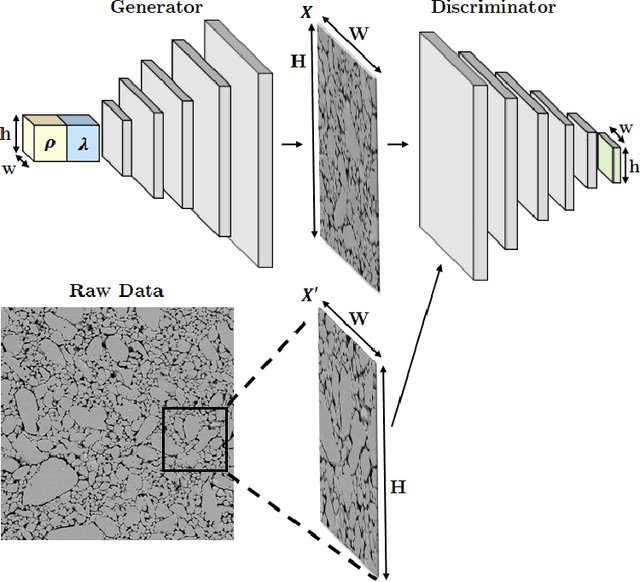
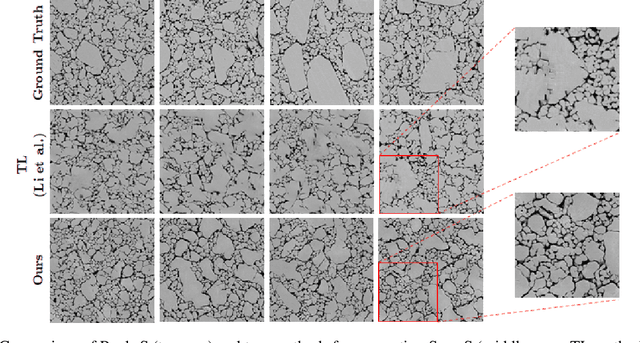


Abstract:The sensitivity of heterogeneous energetic (HE) materials (propellants, explosives, and pyrotechnics) is critically dependent on their microstructure. Initiation of chemical reactions occurs at hot spots due to energy localization at sites of porosities and other defects. Emerging multi-scale predictive models of HE response to loads account for the physics at the meso-scale, i.e. at the scale of statistically representative clusters of particles and other features in the microstructure. Meso-scale physics is infused in machine-learned closure models informed by resolved meso-scale simulations. Since microstructures are stochastic, ensembles of meso-scale simulations are required to quantify hot spot ignition and growth and to develop models for microstructure-dependent energy deposition rates. We propose utilizing generative adversarial networks (GAN) to spawn ensembles of synthetic heterogeneous energetic material microstructures. The method generates qualitatively and quantitatively realistic microstructures by learning from images of HE microstructures. We show that the proposed GAN method also permits the generation of new morphologies, where the porosity distribution can be controlled and spatially manipulated. Such control paves the way for the design of novel microstructures to engineer HE materials for targeted performance in a materials-by-design framework.
NADS-Net: A Nimble Architecture for Driver and Seat Belt Detection via Convolutional Neural Networks
Oct 08, 2019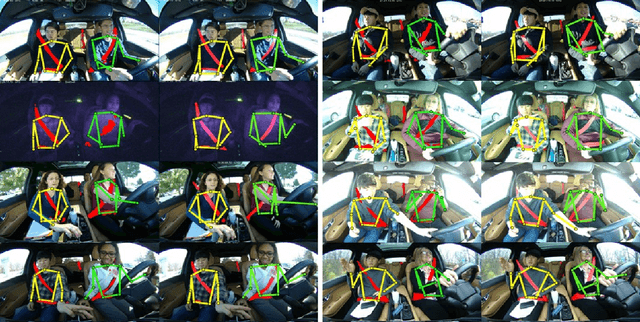
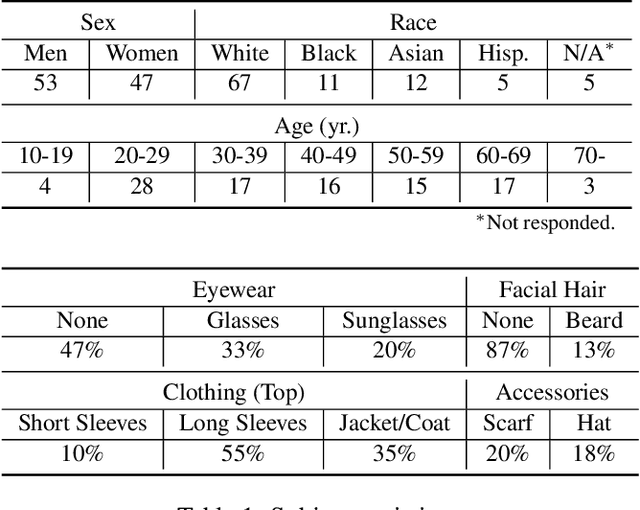
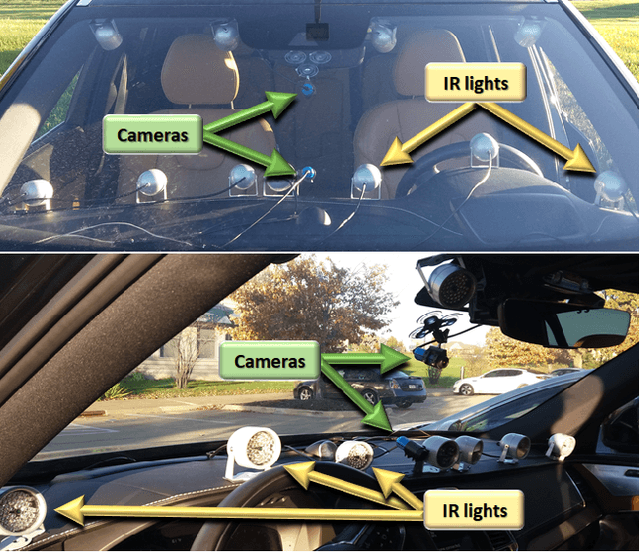
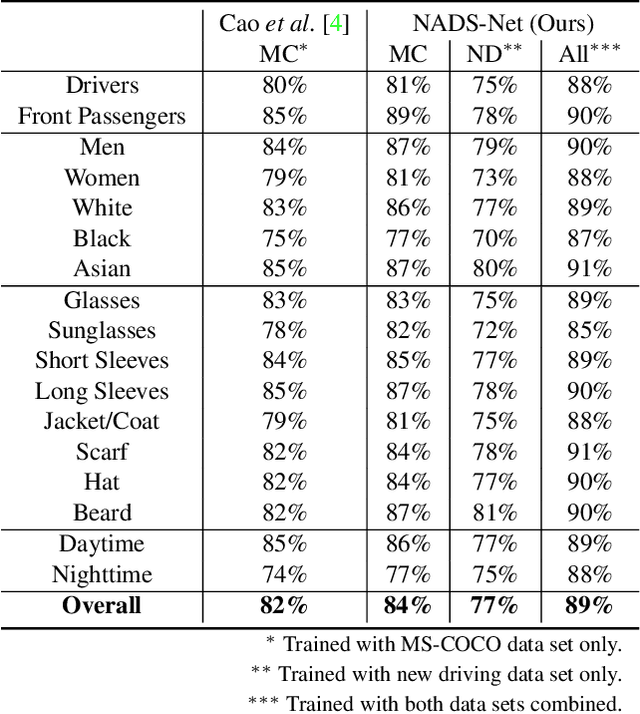
Abstract:A new convolutional neural network (CNN) architecture for 2D driver/passenger pose estimation and seat belt detection is proposed in this paper. The new architecture is more nimble and thus more suitable for in-vehicle monitoring tasks compared to other generic pose estimation algorithms. The new architecture, named NADS-Net, utilizes the feature pyramid network (FPN) backbone with multiple detection heads to achieve the optimal performance for driver/passenger state detection tasks. The new architecture is validated on a new data set containing video clips of 100 drivers in 50 driving sessions that are collected for this study. The detection performance is analyzed under different demographic, appearance, and illumination conditions. The results presented in this paper may provide meaningful insights for the autonomous driving research community and automotive industry for future algorithm development and data collection.
 Add to Chrome
Add to Chrome Add to Firefox
Add to Firefox Add to Edge
Add to Edge